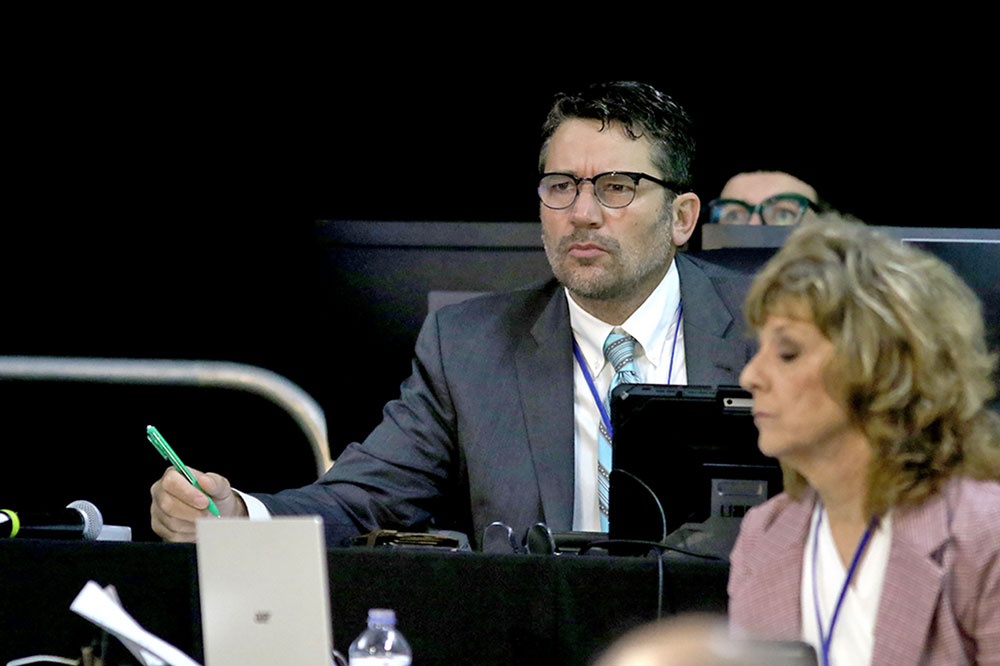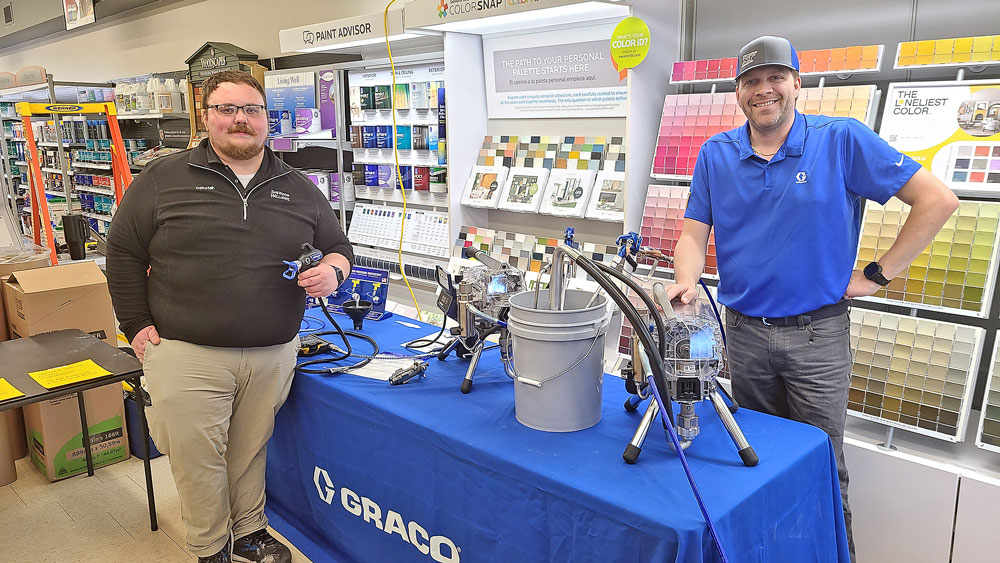Conservation commissioner leading by example to protect topsoil

By Travis Fischer, tkfischer@charlescitypress.com
April 30 to May 7 is Soil and Water Conservation Week, and Mason Kolbet is happy to encourage his fellow farmers to adopt practices that protect the soil in their fields.
“There is a big push to keep soil together,” said Kolbet, a commissioner for the Floyd County Soil and Water Conservation District.
Meeting once a month to talk about policies, work on grant programs, and otherwise promote soil conservation practices, the conservation board helps connect area farmers with education and resources to help preserve Iowa topsoil.
As strong advocates for conservation, Kolbet and the rest of the board also lead by example, employing a variety of techniques to keep their topsoil in their fields where it belongs.
“Pretty much everybody on the soil commission is teaching by doing,” said Kolbet. “We believe in conservation, so we’re doing conservation.”
From cover crops to strip tilling, Kolbet enjoys trying new techniques and technologies that reduce the risk of erosion in his fields.
“I like the challenge of doing better every year,” said Kolbet.
Right now, Kolbet’s fields are a healthy shade of green as he employs cover crops to strengthen the soil during the off-season. While he’s yet to find much in the way of direct value in the oats and barley grown over his corn and soybean fields during the off-season, the benefits they provide extend beyond what is grown.
“Cover crops are a pretty easy and inexpensive way to get into the conservation mindset,” said Kolbet.
Beyond being good for the soil, cover crops also help support local wildlife by providing habitat for game animals.
“The pheasants love them,” he said.
Along with keeping soil in the field, Kolbet is also interested in new tools and techniques for nitrogen application.
Recently, Kolbet has been looking forward to using advanced computer modeling to create prescriptions for his fields. By analyzing the soil composition, these prescriptions can accurately calculate how much nitrogen is needed in the soil, allowing farmers to use only the fertilizer they need. This not only allows for a more efficient application for the farmer, but it reduces the risk of excess nitrogen becoming displaced.
“It saves money and it puts the fertilizer where you need it,” said Kolbet. “I think that’s probably the future.”
He’s also looking at the science behind the split application of nitrogen, where the nitrogen is added to the soil in two smaller applications during the season instead of all at once, allowing farmers to both use less and lose less.
While new techniques and technologies can make a big difference, getting farmers that have spent years operating in a certain way and aren’t inclined to deviate from what they know can be a major challenge.
This is where outreach programs and leading by example come into play, demonstrating techniques firsthand and being able to show the results in their own fields.
“We don’t see a lot of movement in knowledge without being pushed,” said Kolbet.
In addition, there can be a technical barrier to overcome. New tilling practices or fertilizer application techniques may require an investment in new machinery. In that case, Kolbet says that there are resources available to help mitigate those costs.
Whether its seed for cover crops or education on no-till farming, the conservation board is eager to help interested farmers get the most out of their fields while protecting water supplies from nutrient runoff at the same time.








Social Share